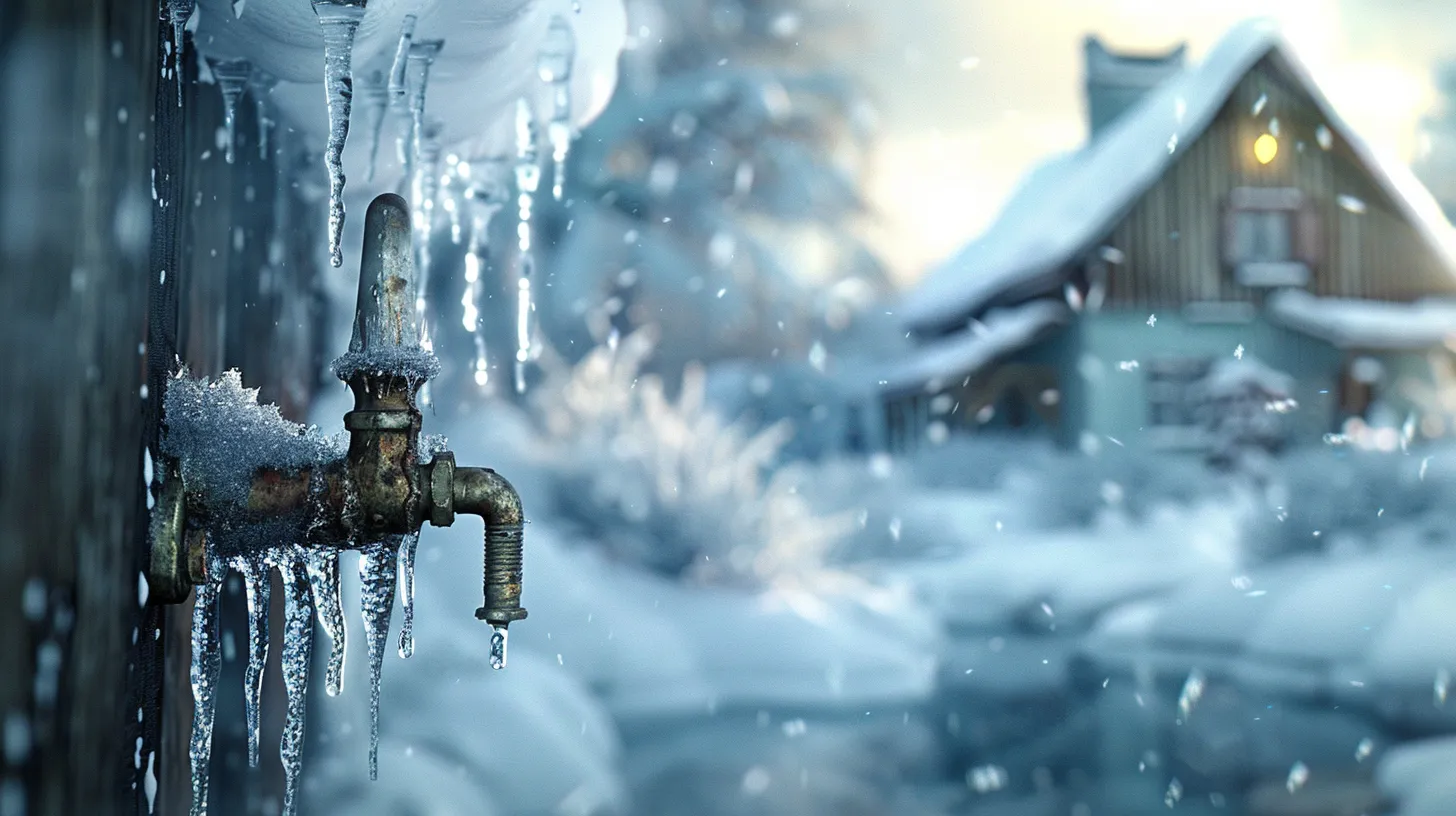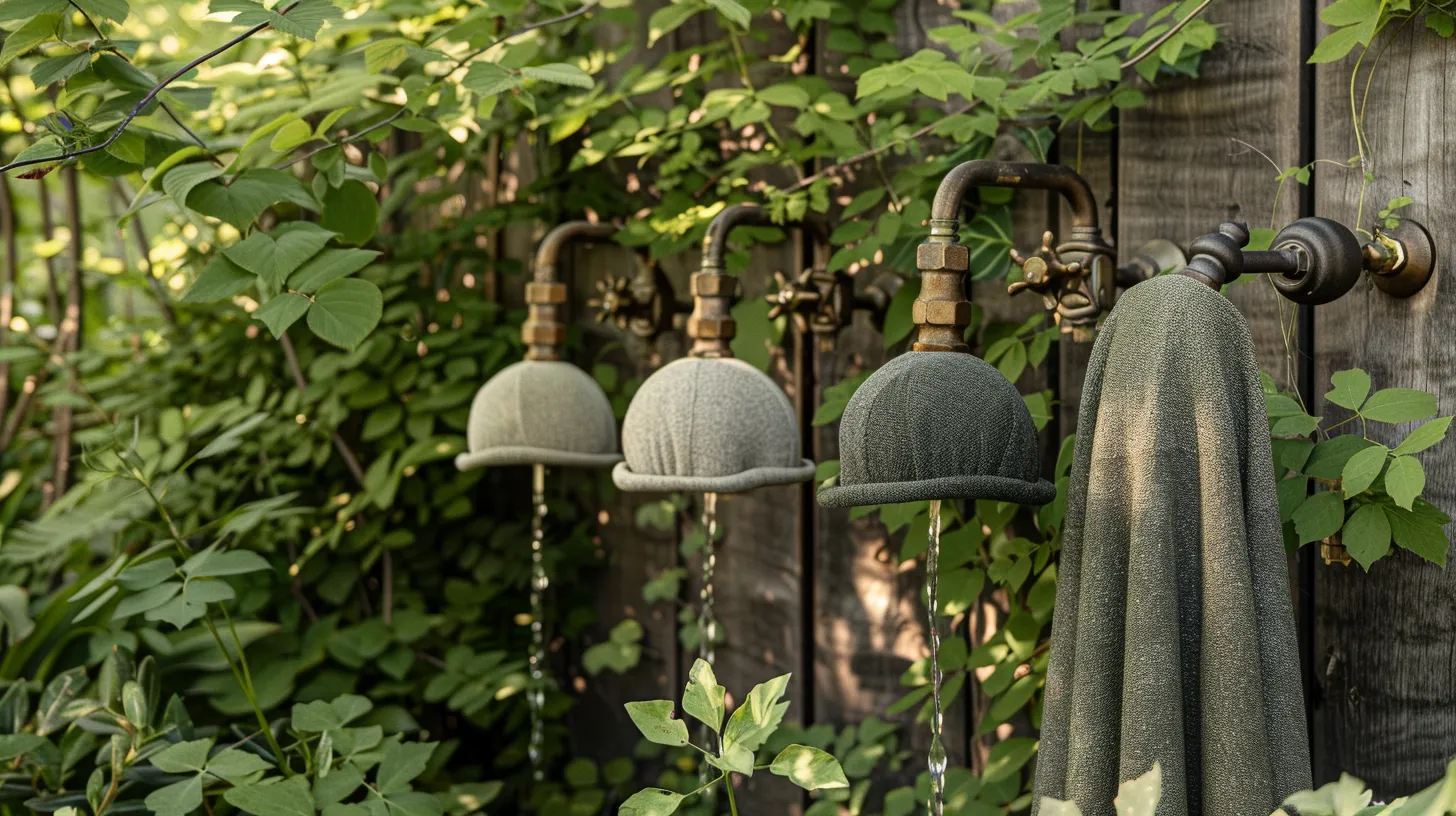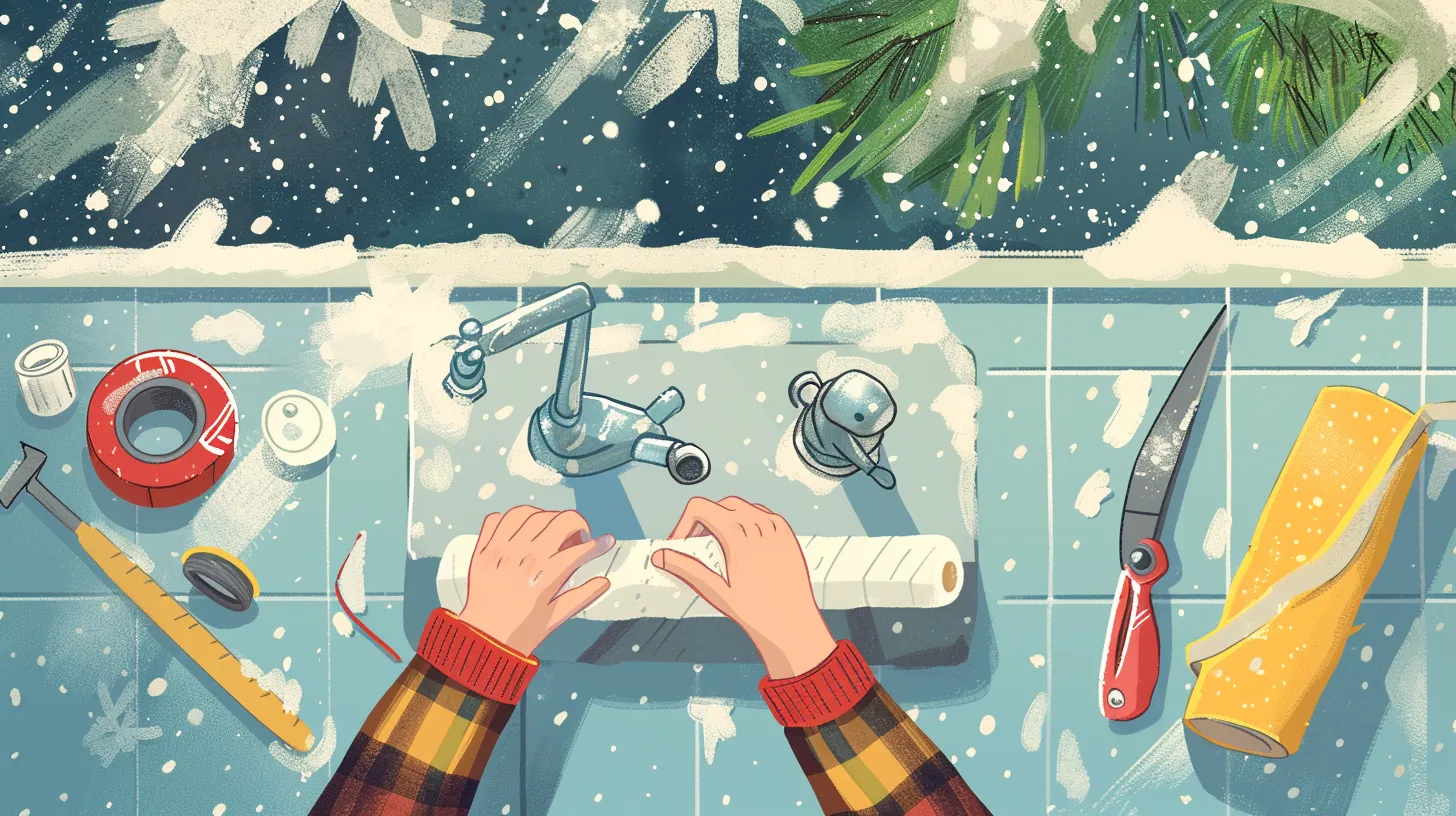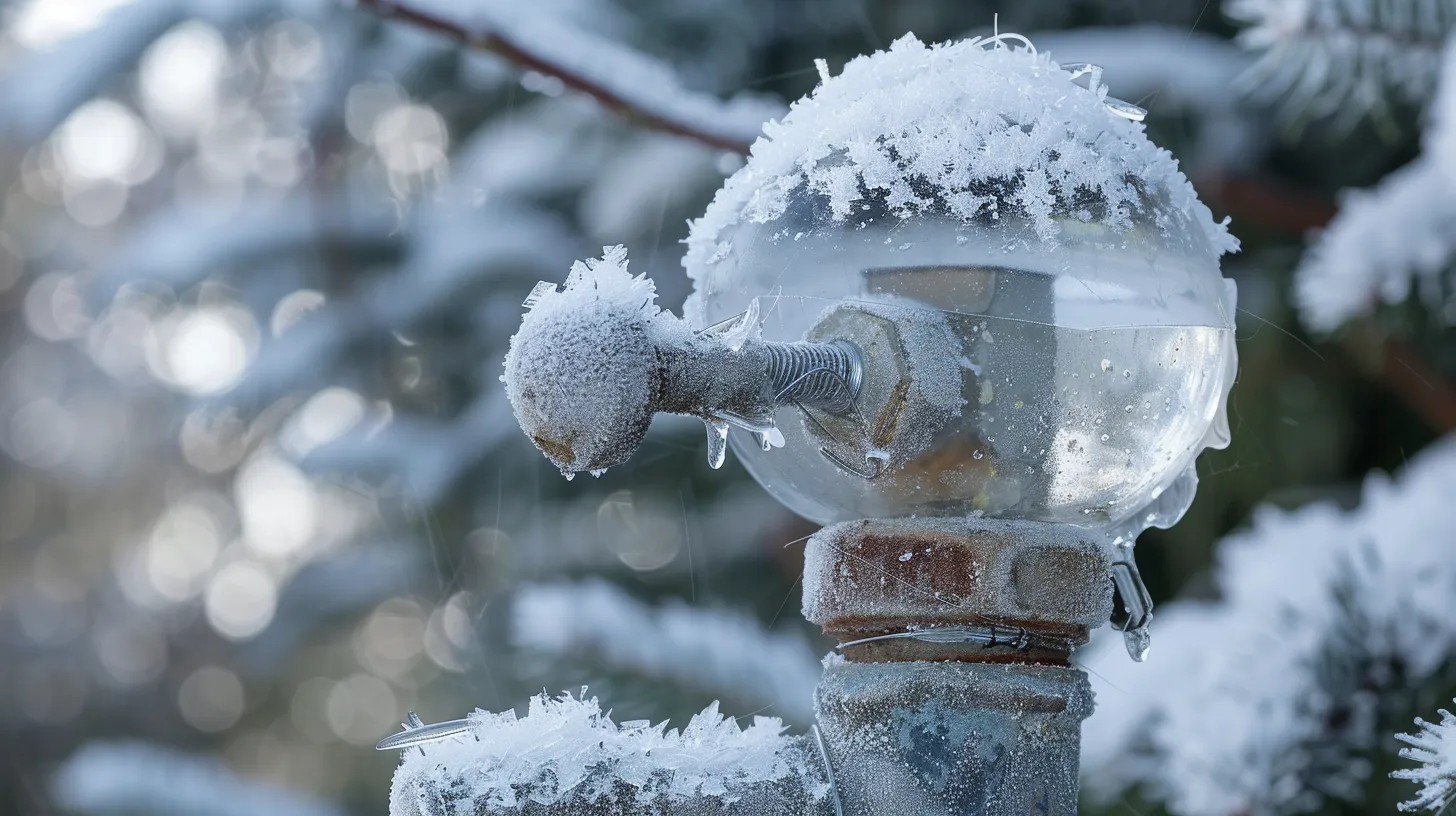As winter approaches, the importance of protecting your outside faucets from freezing temperatures becomes paramount.
While many homeowners recognize the necessity of this task, fewer understand the variety of methods available, from purchasing specialized faucet covers to employing inventive DIY solutions.
This discussion aims to explore the different strategies for effectively covering your outdoor faucets, examining both commercial options and homemade solutions that can prevent costly repairs due to water damage.
By comparing these methods, we will uncover the most efficient and reliable ways to safeguard your home's water supply through the colder months, inviting you to consider which approach best suits your needs.
Understanding the Risks

Understanding the risks associated with exposed outdoor faucets is crucial, as they can lead to frozen pipes within the exterior walls of your home, resulting in significant damage and costly repairs. When water freezes, it expands, and this expansion can cause pipes to burst. A burst pipe can lead to water pressure build-up, resulting in flooding and extensive damage to your home's structure and electrical systems. The costs for fixing burst pipes vary widely, ranging from $50 to $1,500 or more, not including the additional expenses for water damage restoration. This makes it paramount to take preventative measures against freezing.
Protecting your outdoor faucets from cold weather is a practical step towards safeguarding your home against the risks of water damage. Insulation plays a critical role in this process, as it helps maintain the temperature of the pipes above freezing, reducing the likelihood of water inside them turning into ice. Furthermore, understanding your homeowners insurance policy concerning faucet damage is important, as it informs you about coverage limits and conditions. By taking proactive steps to protect outdoor faucets, homeowners can save significant amounts on repairs and ensure a continuous water supply, even in cold weather conditions.
Types of Faucet Covers

Selecting the appropriate type of faucet cover is essential for ensuring optimal protection against cold weather conditions. The choice between hard and soft faucet covers depends on the specific needs for durability, flexibility, and ease of storage. Here are the main types of faucet covers to consider:
-
Hard Faucet Covers : These are typically made from a combination of Styrofoam and plastic, providing extreme protection for outdoor faucets. Hard covers are designed to withstand severe weather conditions, including heavy snow and freezing temperatures. They work by creating a tight seal around the faucet, effectively blocking out cold air and moisture.
-
Soft Faucet Covers : Constructed from thick insulation and polyester, soft faucet covers offer a more flexible solution. They are easier to manipulate around the faucet and can be stored compactly when not in use. The use of weatherproof materials ensures that faucets are protected against rain, snow, and ice.
-
Features for Enhanced Protection : Long ties on both hard and soft faucet covers ensure a snug fit, preventing them from being dislodged by wind or animals. Weatherproof materials are a standard feature, providing robust protection against various elements.
DIY Cover Solutions

For homeowners seeking an immediate and budget-friendly method to protect their outdoor faucets from freezing temperatures, creating a DIY faucet cover using readily available household items can serve as an effective temporary solution.
Utilizing old t-shirts, plastic bags, and duct tape, individuals can craft protective layers around their faucets. This approach involves wrapping the faucet in fabric insulation, such as pieces of old t-shirts, to provide a first layer of defense. Subsequently, encasing this fabric layer with plastic bags offers an additional barrier against the cold, with the plastic acting to repel water and retain warmth.
Securing these materials with duct tape ensures that the makeshift cover remains in place, even in adverse weather conditions. The tape should be wrapped multiple times around the faucet and covering materials to enhance the insulation properties of the DIY cover. This method of faucet protection is particularly useful as a temporary measure until more permanent solutions, like commercial faucet covers, can be acquired.
Moreover, to further protect against freezing, homeowners are advised to allow indoor faucets to drip slightly and to keep cabinet doors open. This facilitates the circulation of warmer air around plumbing, complementing the outdoor faucet's temporary protection with indoor preventive measures.
Installation Tips

After exploring DIY cover solutions, it's crucial to focus on effective installation tips for outdoor faucet covers to ensure optimal protection against freezing temperatures. As winter weather approaches, the risk of water pipes freezing and potentially causing water damage increases. Therefore, installing insulated covers over outdoor faucets becomes an essential preventative measure.
Here are three key tips to consider:
-
Ensure a Secure Fit: Select covers that are slightly larger than your faucets. This allows for a snug fit, which is vital in preventing freezing. Long ties or drawstrings can help secure the covers in place, ensuring they don't come loose during a hard freeze.
-
Check for Insulation: Proper insulation is critical. Insulated covers provide a protective barrier against the cold, significantly reducing the risk of your pipes freezing. Verify that the cover you choose offers adequate insulation to withstand the winter weather.
-
Seal Any Gaps: After installation, carefully inspect the cover for any gaps or openings. Even small openings can let in cold air, compromising the protection. Use additional insulation or weather stripping to seal off these vulnerabilities.
Additional Protection Measures

Beyond the basic installation of outdoor faucet covers, incorporating additional protection measures such as heat tape or pipe insulation can significantly enhance defense against freezing temperatures. These additional steps are crucial for safeguarding your water supply from the harsh impact of cold weather, ensuring that your pipes remain unfrozen and fully functional.
Heat tape can be applied directly to pipes, providing consistent warmth to prevent freezing, while foam insulation sleeves offer a barrier against the cold, enveloping the pipes in a protective layer.
In extremely cold weather, the use of a heat lamp or portable heater near outdoor faucets can offer an extra level of protection, preventing the water inside from freezing and causing potential damage to your property. It is also advisable to regularly inspect your faucets and the surrounding insulation for any signs of wear or damage, which could compromise their integrity and lead to frozen pipes.
For those with more complex plumbing systems or who are unsure of the best way to protect their outdoor faucets, seeking professional help can ensure that proper insulation and protective measures are in place. Professionals can provide advice and installation services to prevent freezing temperatures from causing damage to your water supply system.










